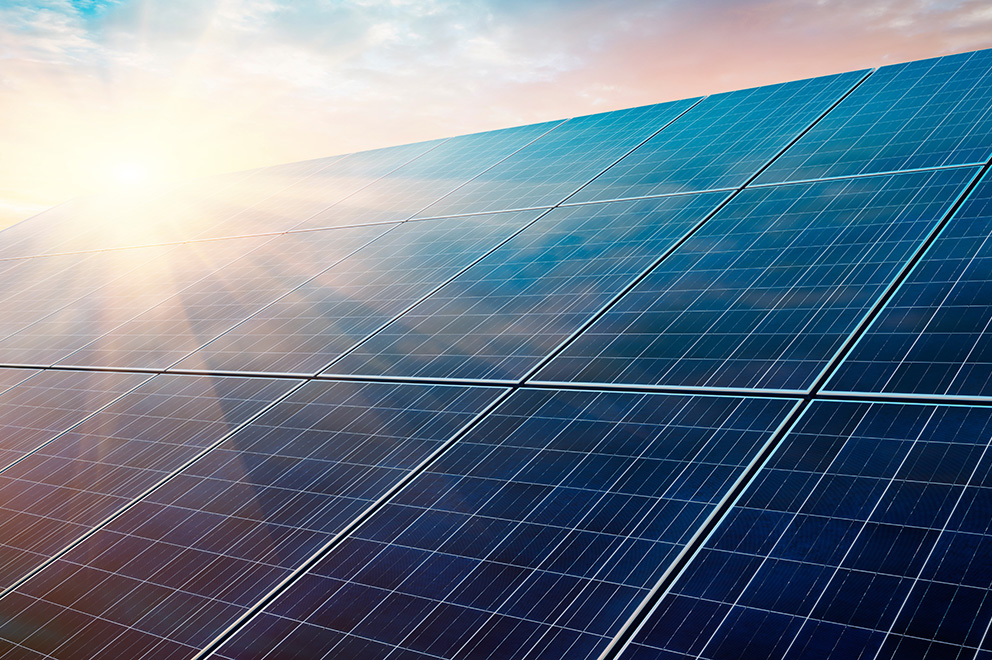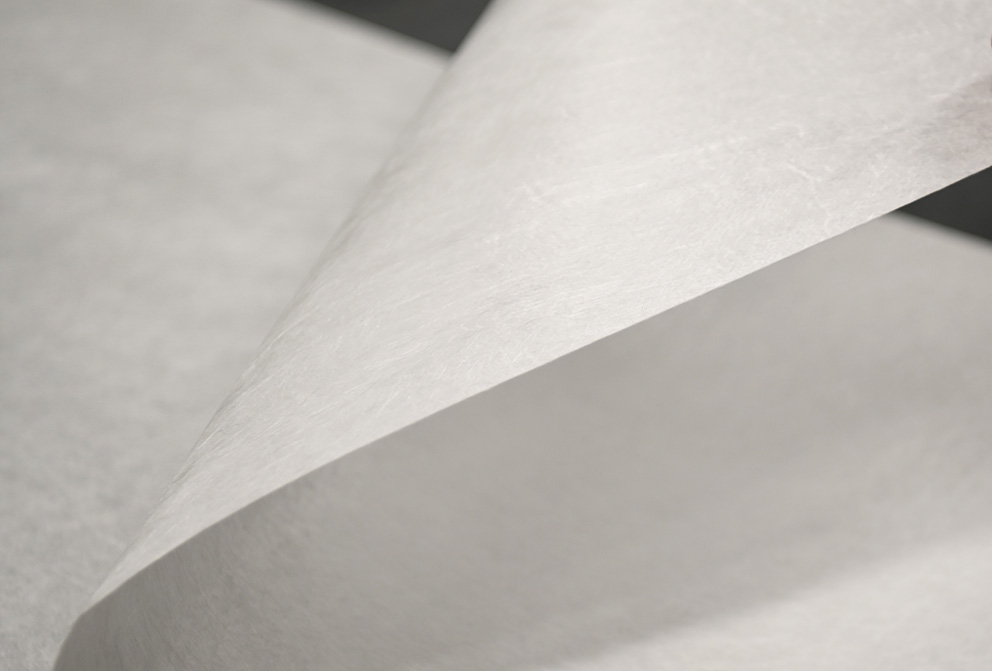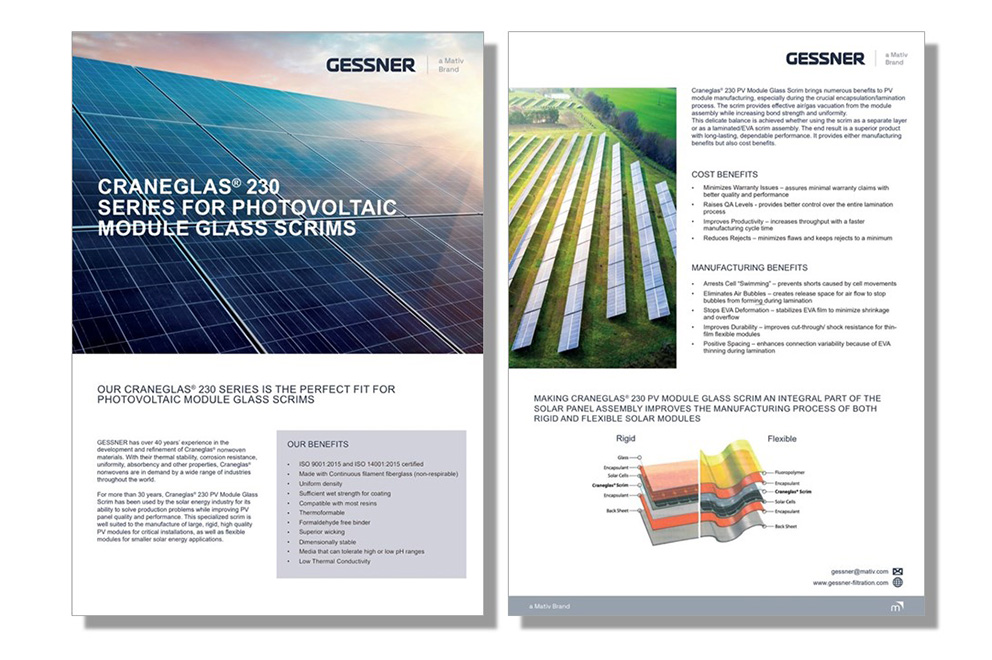GLASS SUBSTRATES FOR PHOTOVOLTAIC
EXPERIENCE UNMATCHED SOLAR PRODUCTIVITY AND DURABILITY WITH GESSNER’S INNOVATIVE CRANEGLAS™ TECHNOLOGY
Photovoltaics is a form of sustainable energy that harnesses the power of the sun to create electricity. It works by using photovoltaic cells which are made up of semiconducting materials like silicon to convert light into electricity. Photovoltaics offer an alternative to traditional fossil fuel sources, such as coal and natural gas, and has become increasingly popular due to its clean and renewable nature. Additionally, photovoltaic systems require little maintenance and can be installed on almost any surface or rooftop. This makes them ideal for residential, commercial, industrial, and agricultural applications.
The adoption of photovoltaics technology is essential for creating a greener future. The use of renewable energy sources can help reduce our reliance on fossil fuels which are fuelling global warming. With this in mind, governments have been introducing incentives for those who choose to invest in solar energy solutions such as net metering which allow homeowners to sell excess electricity from their rooftop solar system back into the grid at a profit. Furthermore, increased investment in research for advanced solar cells could lead to more efficient ways to capture the sun’s energy with higher yields at lower costs - helping make sustainability even more achievable across the world. GESSNER is proud to provide a media solution for such a sustainable technology.








